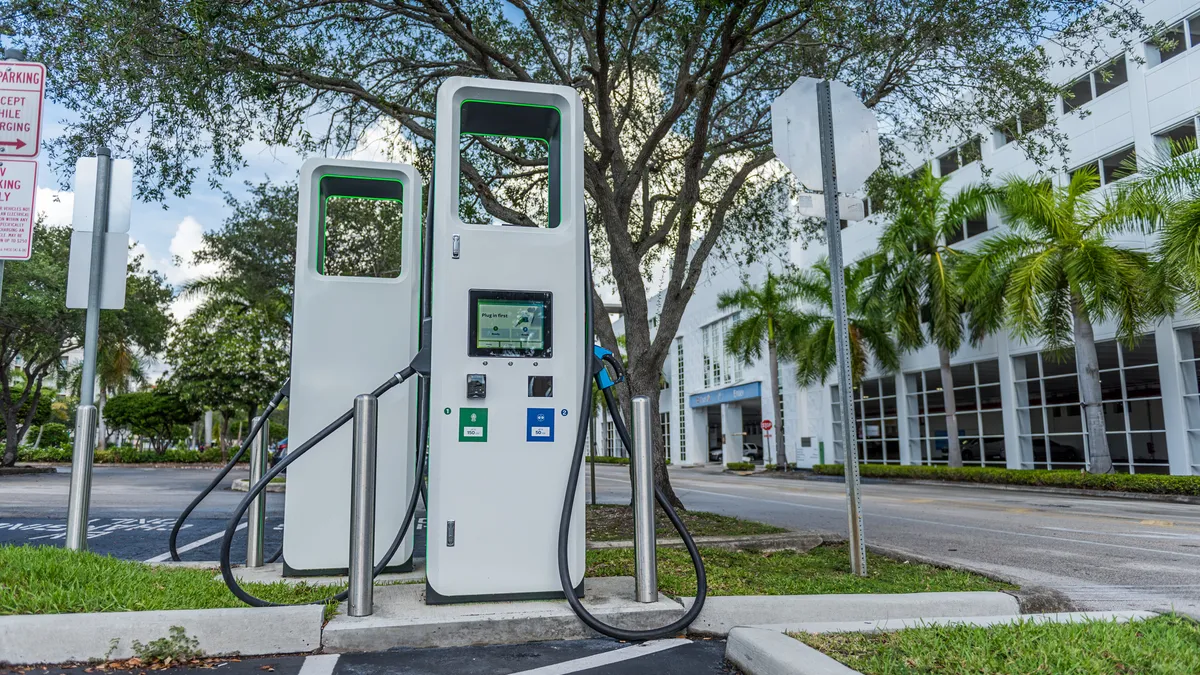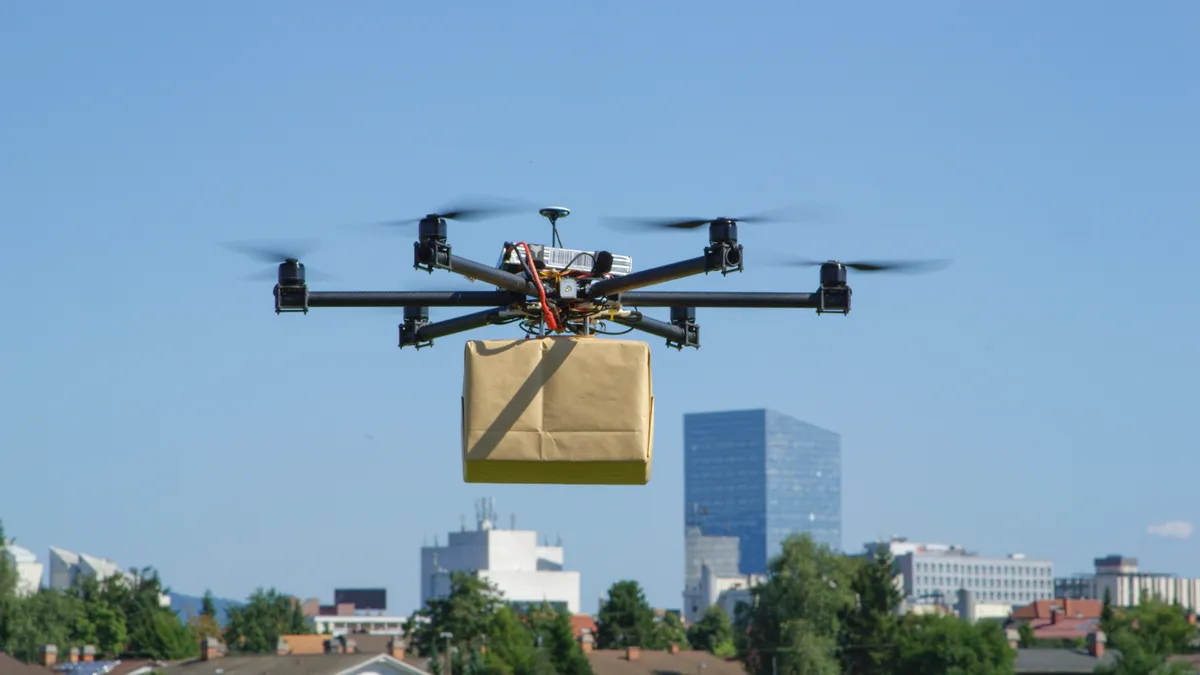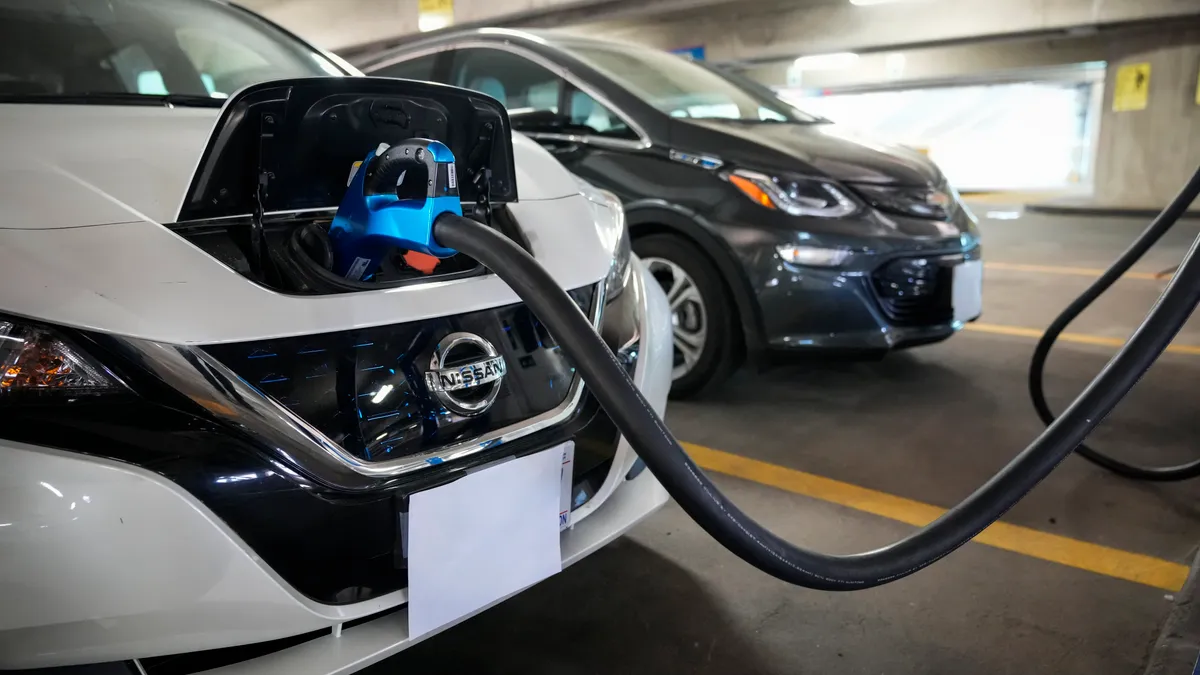Dive Brief:
- 5G wireless connectivity and other smart cities-related technologies may soon deliver on their promises as technology companies, local governments and others develop new uses and business cases for them, panelists said during a discussion on Thursday at the CES trade show in Las Vegas.
- The panelists predicted that over the next decade, technologies such as 5G, artificial intelligence, satellite communications and others would converge and integrate to offer a wide range of new services and capabilities that could help improve road safety, reduce traffic congestion, lower pollution, boost access to education and more.
- “The blend of communications and AI ways of processing is going to be increasingly important,” said Durga Malladi, senior vice president and general manager of cellular modems and infrastructure at Qualcomm Technologies. “That will be the standard expectation 10 years from now.”
Dive Insight:
Although telecommunications companies began to roll out 5G in 2019, most uses for the technology have improved existing applications for smartphones and other devices, Malladi said. But that’s changing as the technology matures and more devices and systems use 5G wireless connectivity, he added.
When 5G technology emerged, it promised to improve public safety, traffic management, energy efficiency and more by allowing state and local governments to transfer and process large amounts of data in real time. But until recently, many 5G connections offered similar speeds to 4G LTE or operated over very short distances, limiting their impact. That’s starting to change as telecommunications companies continue to expand their 5G networks and people develop new ways to use it, Malladi said.
Derek Peterson, chief technology officer at Boingo Wireless, agreed, saying that the ultimate goal is to “have connectivity everywhere” that works seamlessly regardless of which technologies enable it.
Aruna Anand, president and CEO of Continental’s Automotive group sector in North America, added that greater connectivity would likely reduce motor vehicle crashes through improved active safety systems that combine onboard vehicle data from sensors “with safety-related information coming over the air.”
She noted that edge computing would continue to play an important role in intelligent transportation systems, even though 5G connectivity provides fast communications, as data transfer and storage could be too expensive for applications that use a lot of data, such as for connected and automated vehicles.
Automakers and public officials are among those who hope that connected vehicle technology can help address an upward trend in traffic deaths. The National Highway Traffic Safety Administration on Monday estimated that nearly 32,000 people died in motor vehicle traffic crashes during the first nine months of 2022 — about the same as last year.

















